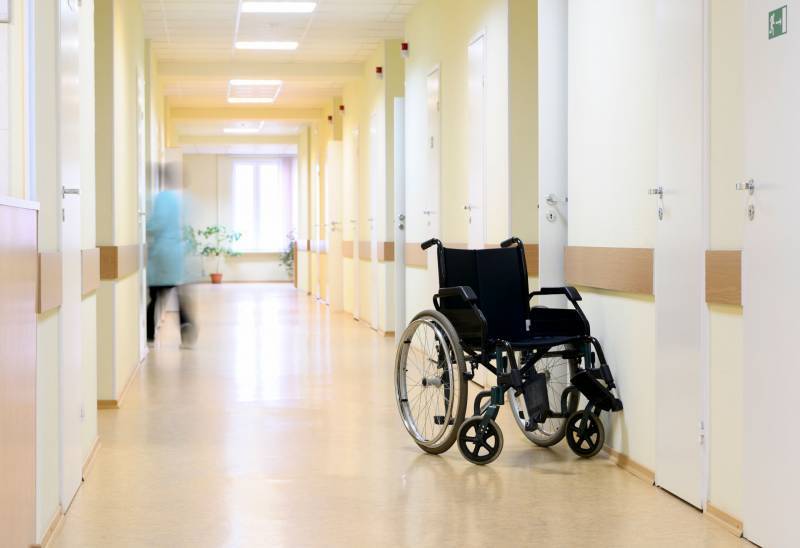Click here if you know someone in a nursing home or assisted facility…share your story!
In Contra Costa County, the Orinda Care Center now counts at least 51 cases* of coronavirus, including a death. Outbreaks have been reported in San Francisco and South Bay county senior care homes, too.
Local health departments always advise these facilities about controlling infections; infectious disease like influenza is common. Now coronavirus is forcing them to adapt and challenging response.
Contra Costa Deputy Health Officer Dr. Louise McNitt says last year they followed 20 such flu outbreaks, with an ‘outbreak’ defined by the California Department of Public Health as one confirmed case with the identification of a second confirmed case within 72 hours.
But counties don’t regulate assisted living and nursing homes where these outbreaks happen; that’s the work of the Department of Social Services and CDPH, respectively. Most care homes don’t have infection control specialists on staff, as hospitals do. As of last year, federal regulations require infection control specialists at skilled nursing facilities. Not long after that regulation took effect, the Trump administration began consideration of a modification to the rule that would loosen that requirement.

